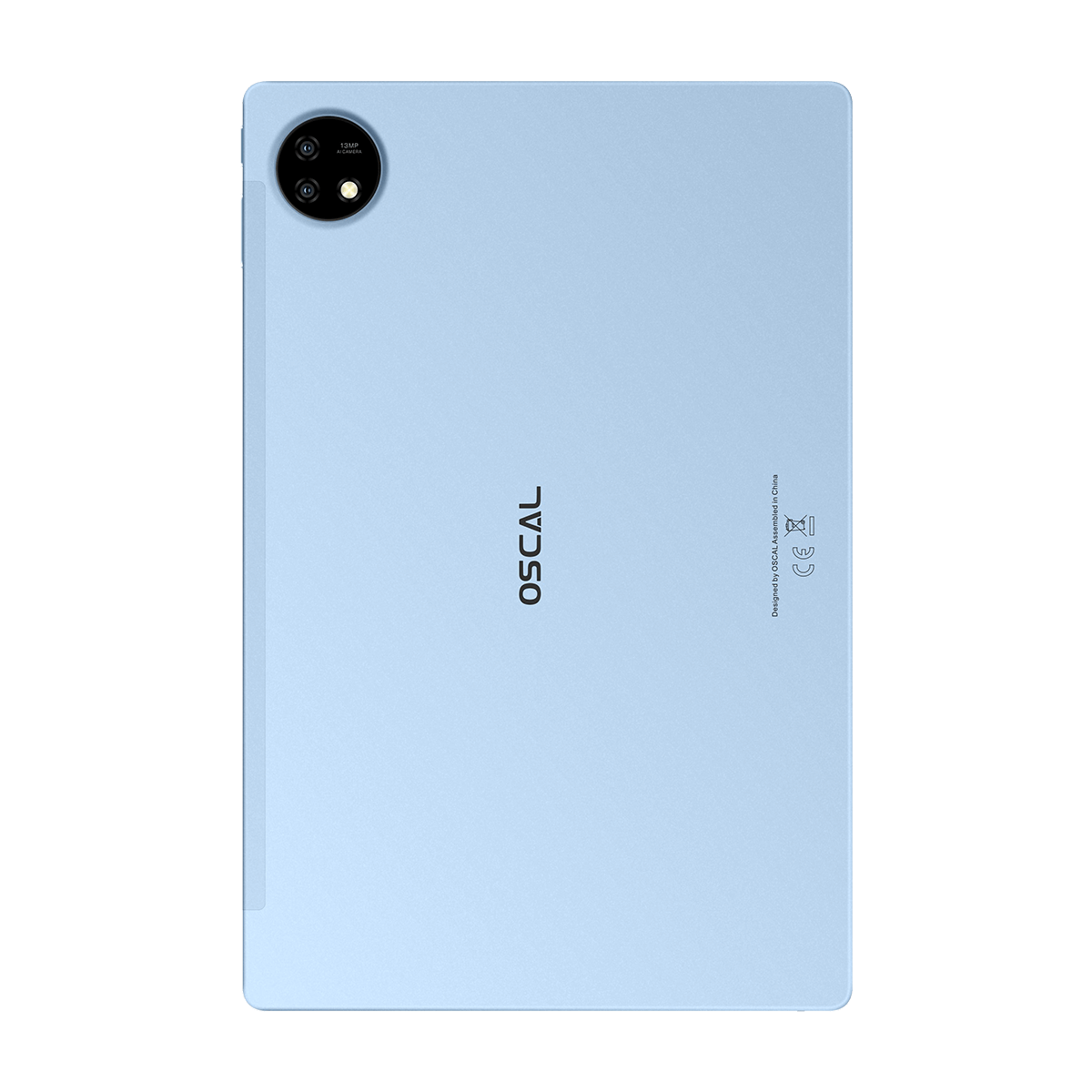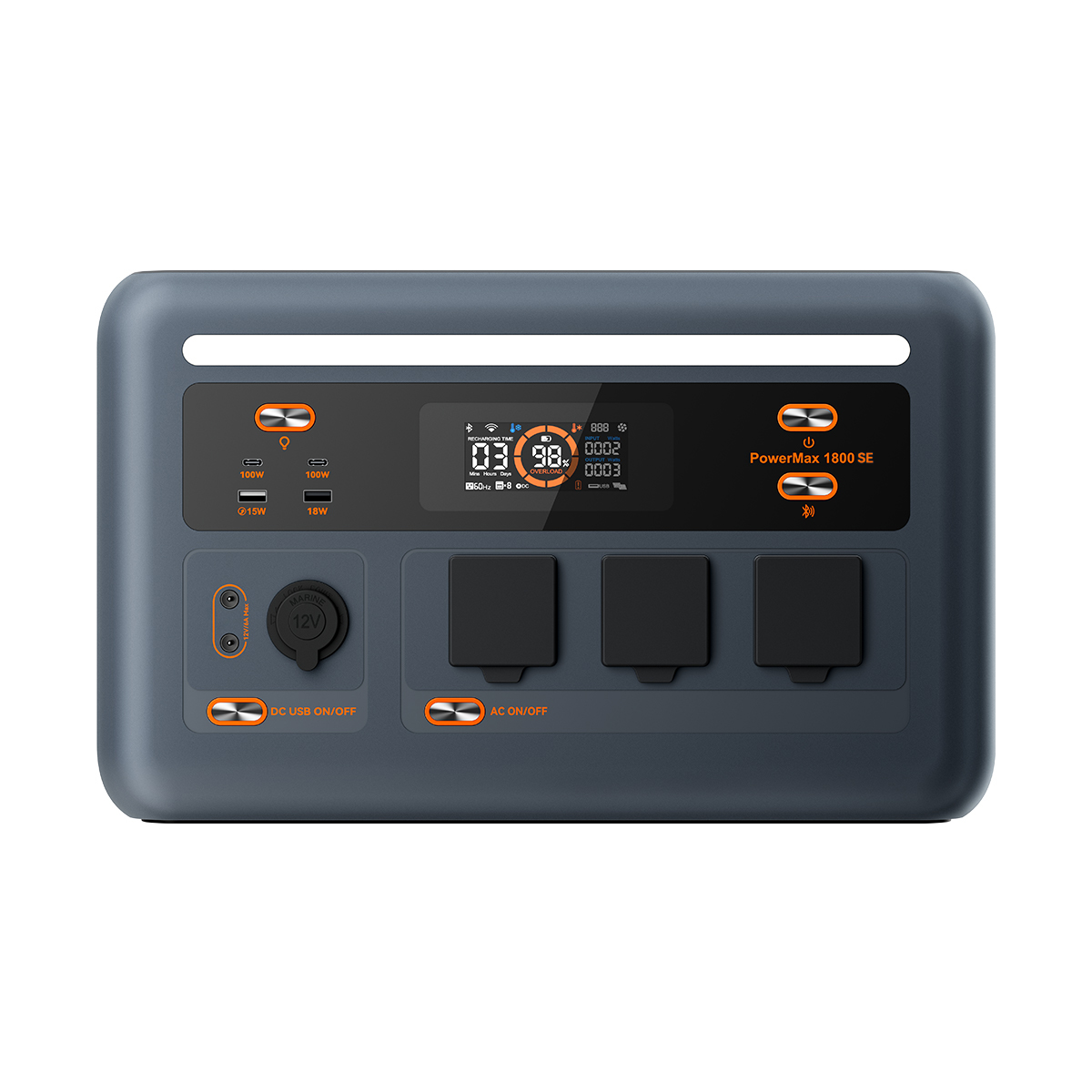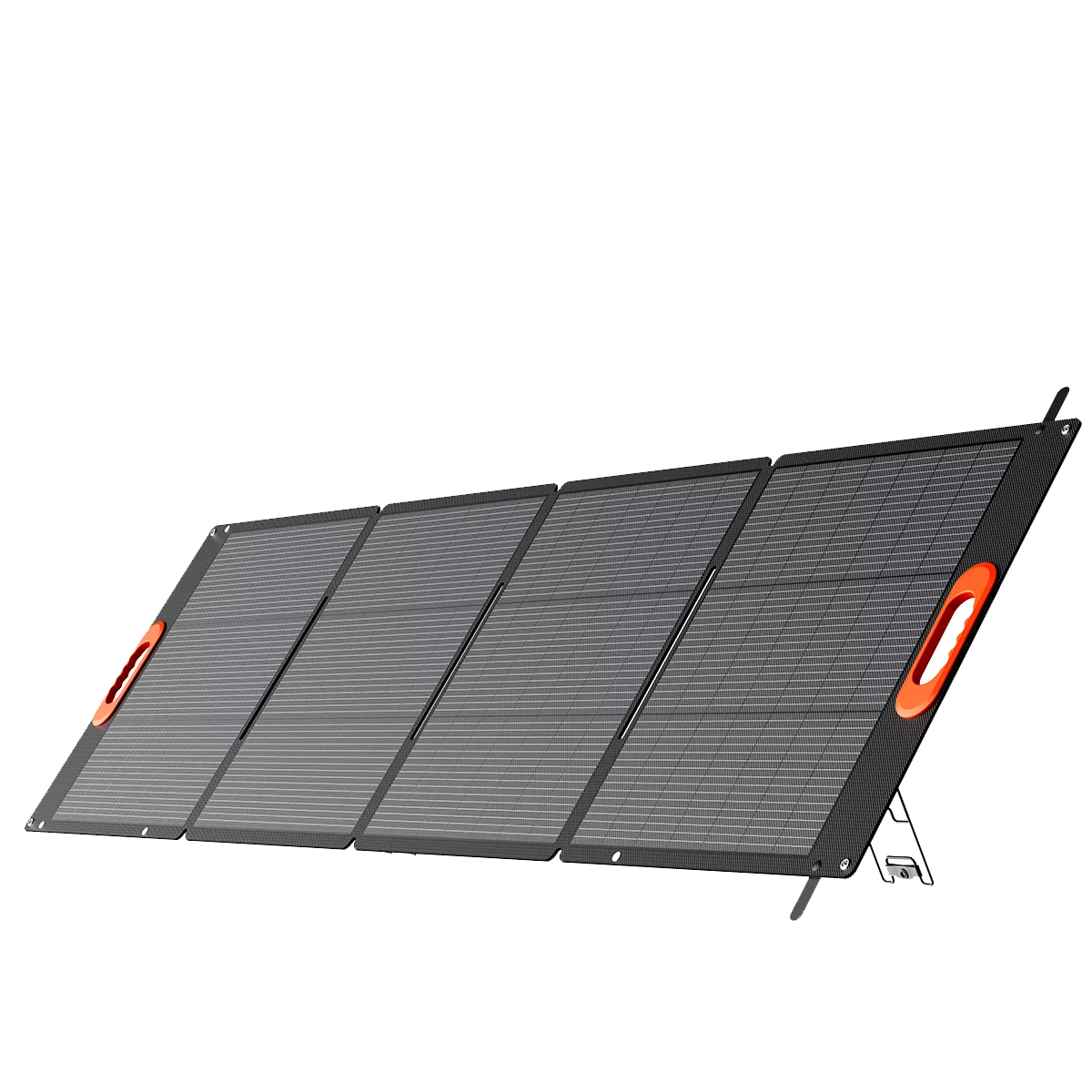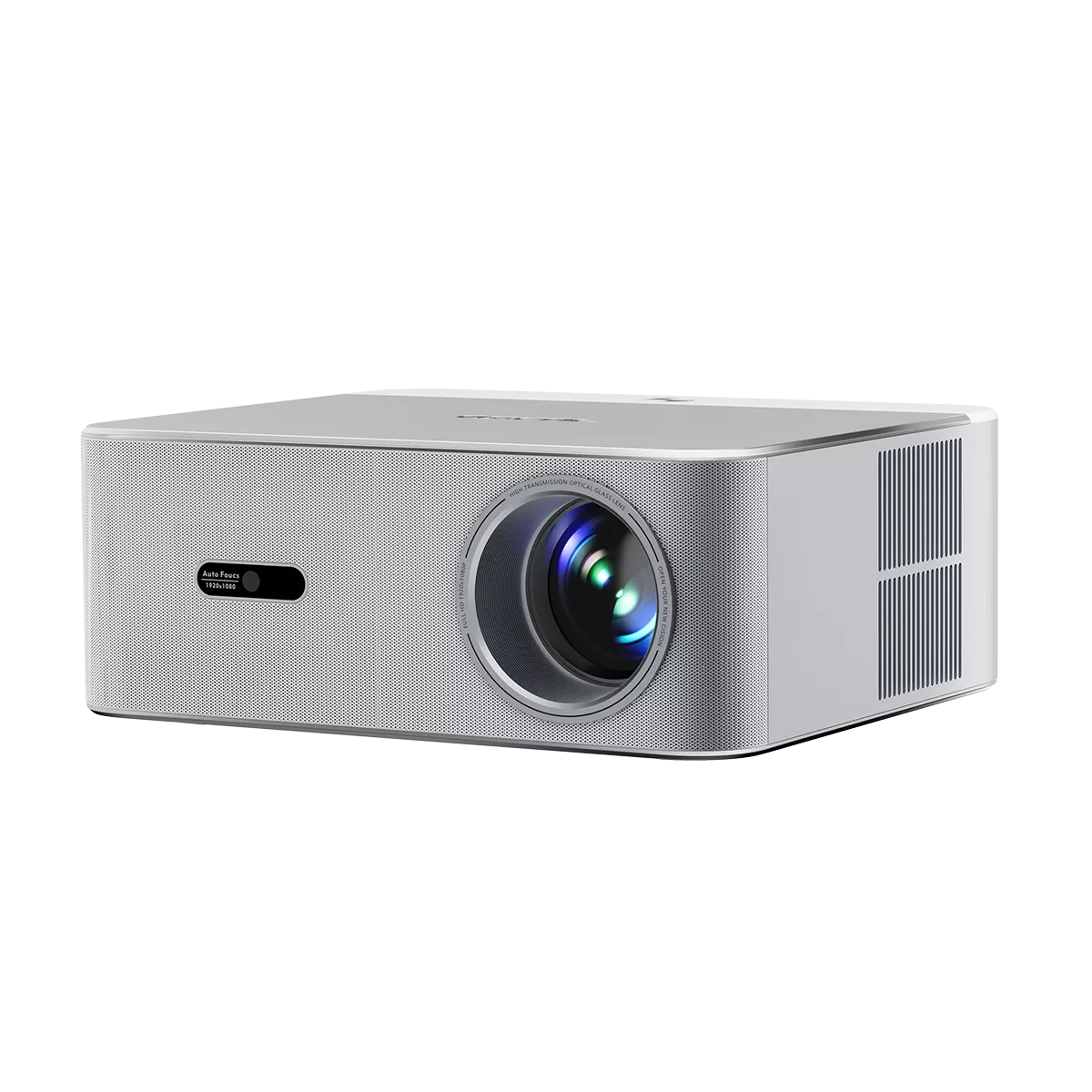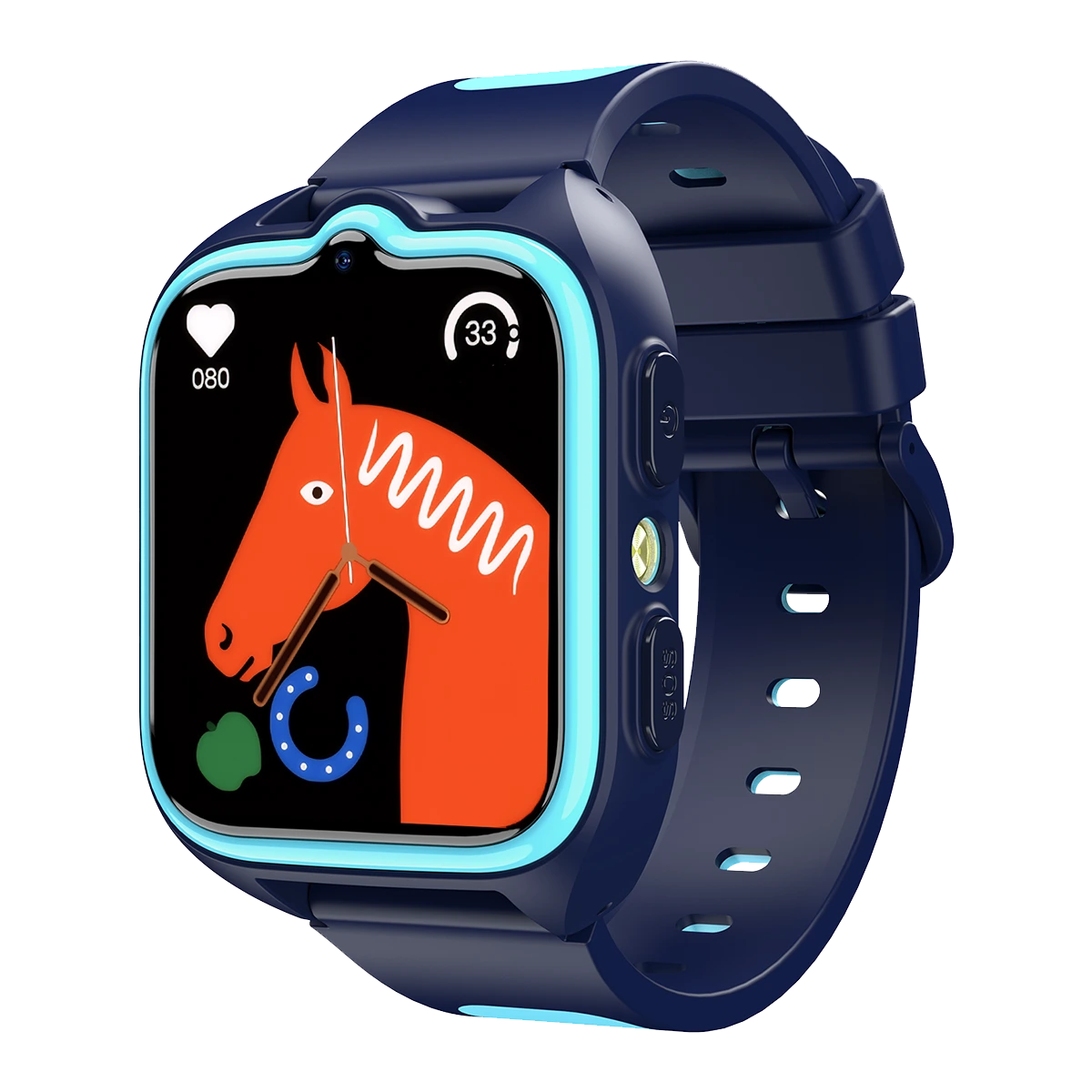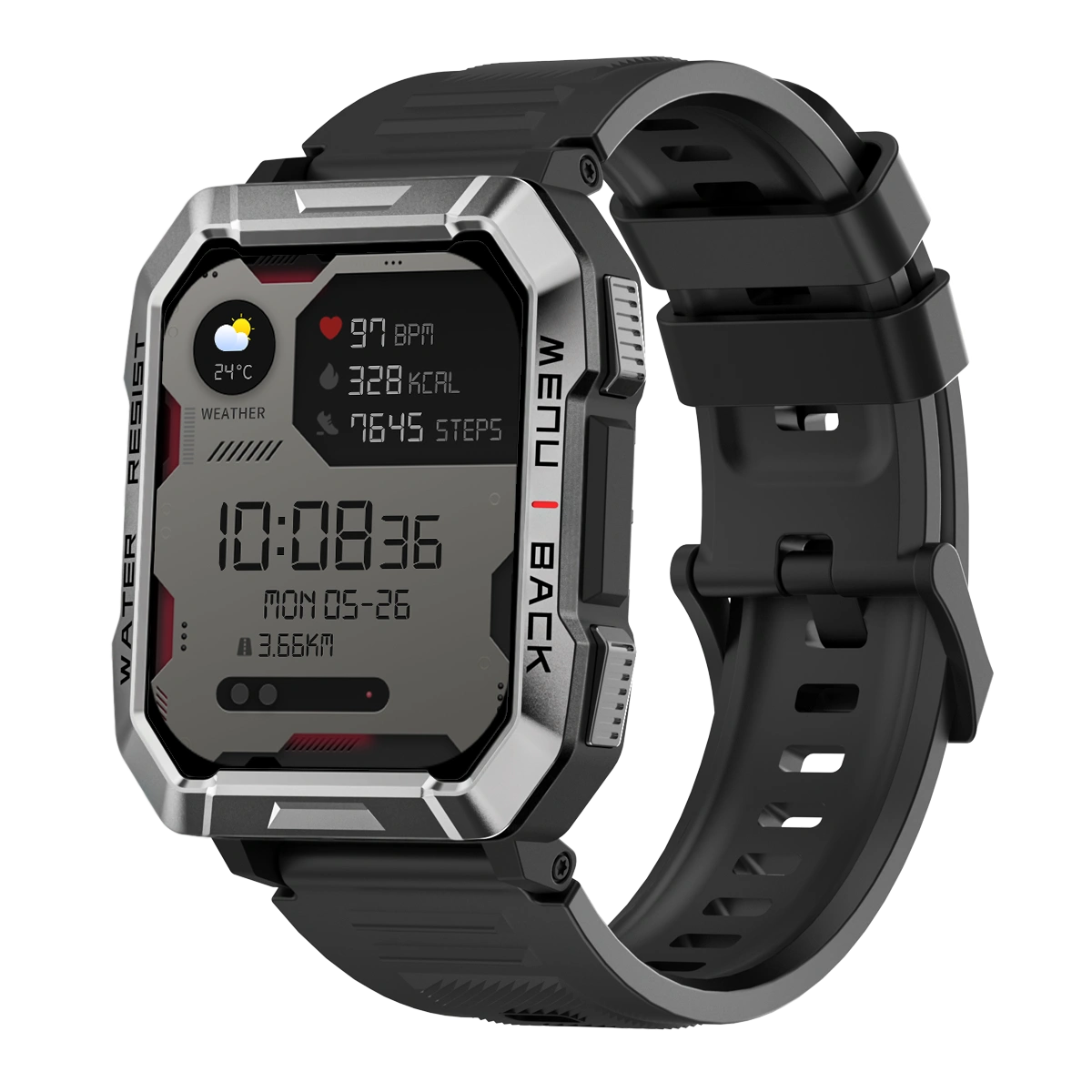Welcome to OSCAL (Well-known brand of Android smartwatch, rugged smartphone, tablet, and portable power station) blog. Hope this guide has been helpful.
Yes—most smartwatches can be repaired, and in many cases the fix is straightforward. From cracked screens and fading batteries to sticky buttons and glitchy sensors, technicians can replace individual components or restore software without replacing the entire watch. The key is knowing what’s realistically repairable, what it might cost, and how to choose the safest path so you don’t void your warranty or risk water resistance.
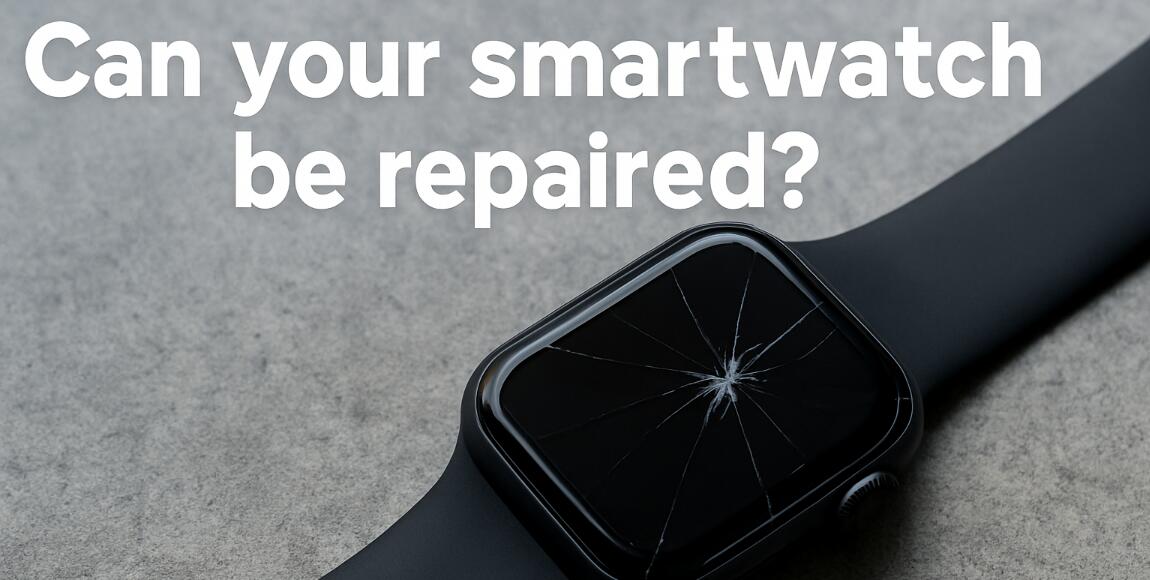
- Read more: Can I use my smartwatch as a hotspot?
Unlike traditional watches, smartwatches combine micro-electronics, displays, radios, and sealed gaskets. That mix makes them surprisingly durable but also sensitive to poor repair practices. A reputable technician with the right parts and tools—adhesives, torque drivers, microscopes, and waterproofing gear—can return a watch to near-factory condition.
Before you decide, take five minutes to gather your model number, warranty status, and symptoms. With that info, you can estimate viability, compare quotes, and decide whether to repair, claim warranty, or upgrade.
Read also:
- How to fix a smartwatch not charging?
- How to fix a smartwatch not turning on?
- How to turn on smart watch without power button?
Common repairable issues
Many failures are modular, meaning a technician can swap a part rather than replace the whole watch. Typical fixes include the following:
- Screen and glass: Digitizer or OLED replacement restores touch and visuals, though deep frame dents may require a full assembly.
- Battery: Cells naturally degrade after 500–800 cycles; replacements can restore day-long endurance.
- Rear sensor window: Cracks or scratches can affect HR/SpO₂ accuracy; the back cover can be replaced.
- Buttons/crown: Sticky or unresponsive inputs often need a new flex cable or cleaning.
- Straps and lugs: Easily swapped; check for worn spring bars or damaged quick-release pins.
When a repair makes sense
Repairs are usually worth it if the cost is under 40–50% of a like-for-like replacement, or if you rely on specific features (LTE, dive rating, medical-grade ECG) that make your model hard to replace. If your device is still under warranty or has known manufacturer defects, pursue official service first.
When to skip repair
Consider replacement if the main board is water-damaged, parts are unavailable, or the watch will stop receiving security updates soon. Multiple simultaneous failures (e.g., display and logic board) often exceed the value of the watch.
DIY vs. professional service
DIY can be satisfying, but modern watches are sealed with pressure-rated adhesives and tiny gasket systems. Opening the case without proper resealing compromises water resistance. If you do attempt DIY, use a model-specific guide and plan to replace the adhesive and gaskets. Otherwise, choose a pro—preferably an authorized center for warranty devices, or an experienced independent shop for out-of-warranty models.
- Back up and unpair the watch before any service.
- Disable “Find My”/activation locks to avoid delays.
- Request pressure testing to verify water resistance after repairs.
Costs and turnaround factors
Price depends on brand, part availability, and whether the whole display assembly or just the glass is replaced. Batteries are typically the most affordable; displays cost more. Expect additional fees for re-sealing and pressure testing. Shipping to a central depot may add days, while local shops can be faster if parts are in stock.
How to choose a repair shop
Look for transparent quotes, genuine or high-quality OEM-equivalent parts, written warranties (at least 90 days), and proof of water-resistance testing. Read recent reviews for your exact model, not just the brand. Ask whether data is wiped and how your device is protected during intake.
Conclusion
Smartwatches are absolutely repairable, especially for batteries, screens, and buttons. With the right technician and proper resealing, your watch can return to daily workouts, swims, and notifications without compromise.
Balance cost against remaining software support and your needs. If repair is under half the replacement price and preserves features you love, fix it; if not, upgrade confidently—after backing up and responsibly recycling the old device.




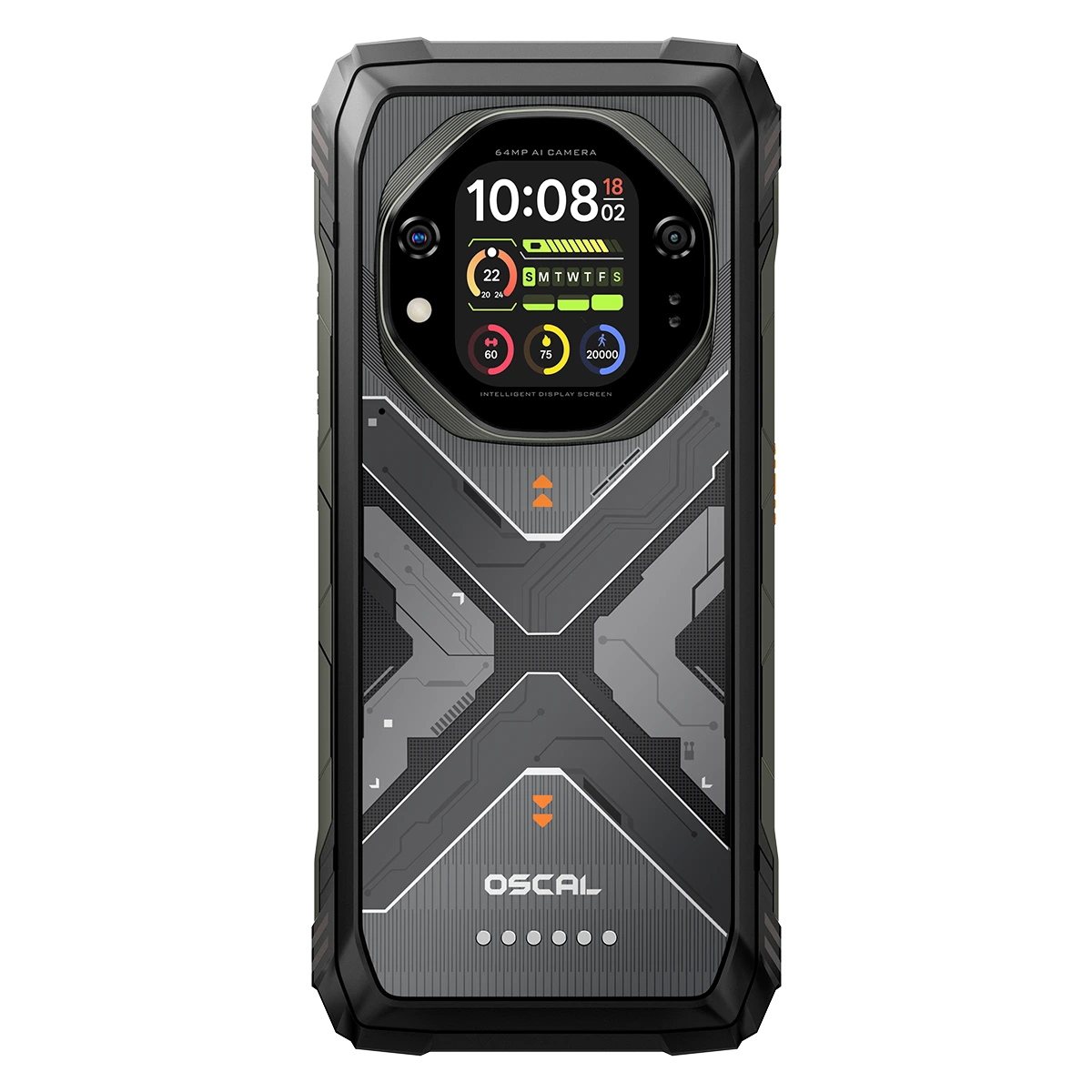

























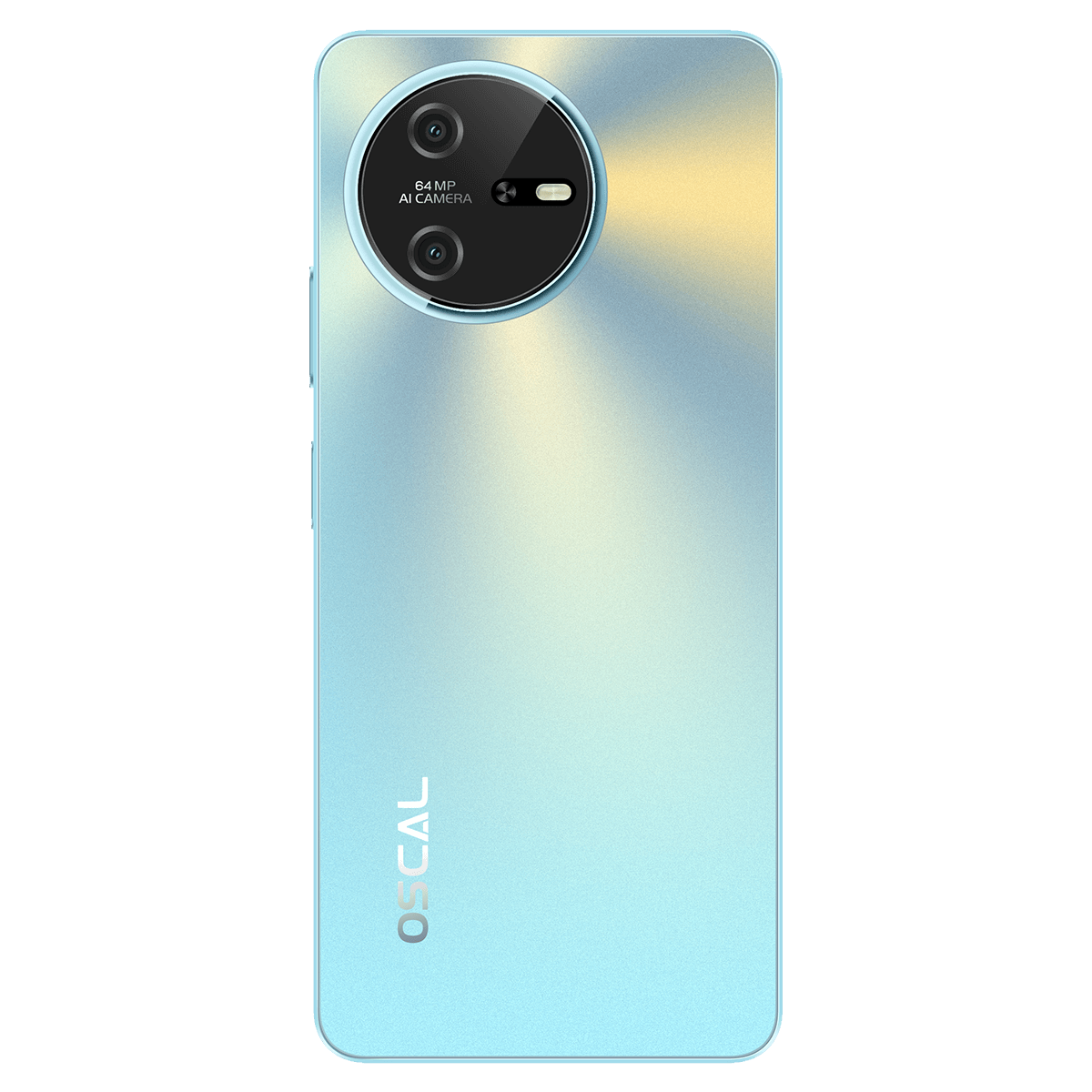
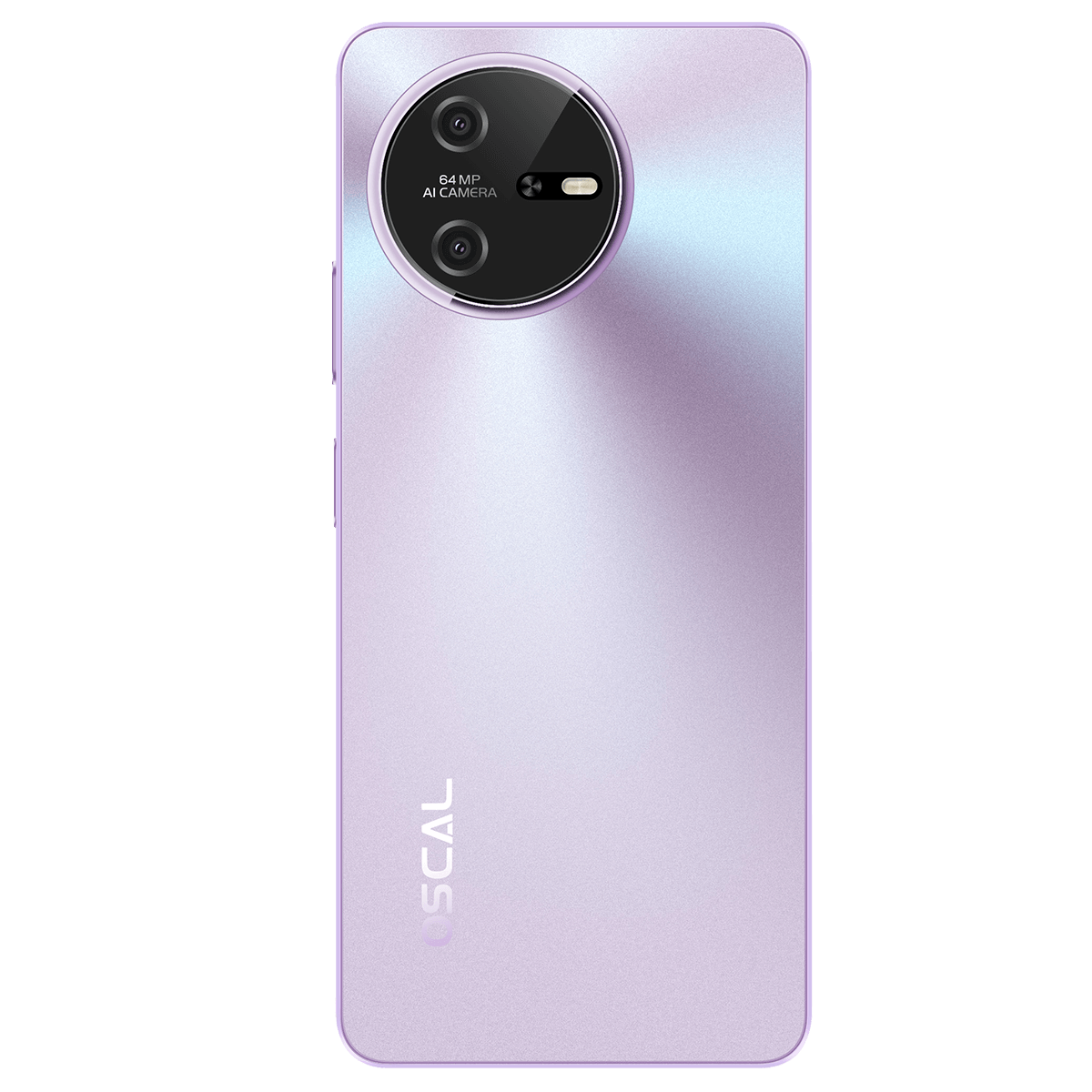









































































 (1)-20251204034946188.jpg)




